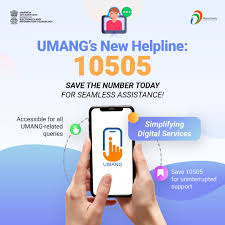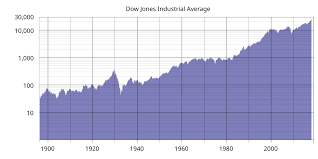Understanding the Umang App: Your Gateway to Government Services

Introduction to the Umang App
The Umang App, short for Unified Mobile Application for New-age Governance, is a groundbreaking initiative by the Government of India that serves as a one-stop solution for citizens to access a multitude of government services. Launched in 2017, this app aims to simplify the process of availing government resources, making it especially relevant in today’s tech-driven world where digital governance is becoming paramount.
Key Features of the Umang App
As of now, the Umang App provides seamless access to more than 1,000 government services from over 30 central and state government departments. Users can avail themselves of services related to employment, education, health, and social welfare among others. Additionally, the app supports 12 different languages, making it accessible to a diverse audience across India.
One of the most vital aspects of the app is its user-friendly interface that facilitates easy navigation. Users can download the app for free from both the Google Play Store and Apple App Store. Post downloading, users can register using their mobile number, making it convenient for them to log in and use the various services offered.
Recent Updates and Developments
In recent months, the government has continued to enhance the capabilities of the Umang App. Notably, the app has recently integrated numerous new services, including health-related services amidst the ongoing health crises. Users can now book health appointments, access teleconsultation services, and avail of health insurance benefits directly through the app. Such features reflect the government’s commitment to improving accessibility and convenience for citizens.
The Significance of Umang App
In a country as vast and populous as India, the Umang App represents a significant leap towards the digitization of government services. It aims to increase transparency, efficiency, and accountability in public service delivery. Particularly for citizens in remote areas, the app provides an unprecedented opportunity to access services without the need to travel long distances. This effort aligns with the ‘Digital India’ initiative, promoting technological integration in everyday life.
Conclusion: The Future of Governance
The successful adoption and continued evolution of the Umang App is likely to set the stage for further advancements in e-governance in India. Moving forward, it will be crucial for the government to incorporate user feedback, further enhance security features, and ensure that the app continues to meet the needs of all citizens. With a broader range of services and a focus on user experience, the Umang App could redefine the relationship between citizens and government, paving the way for a more engaged and informed society.









